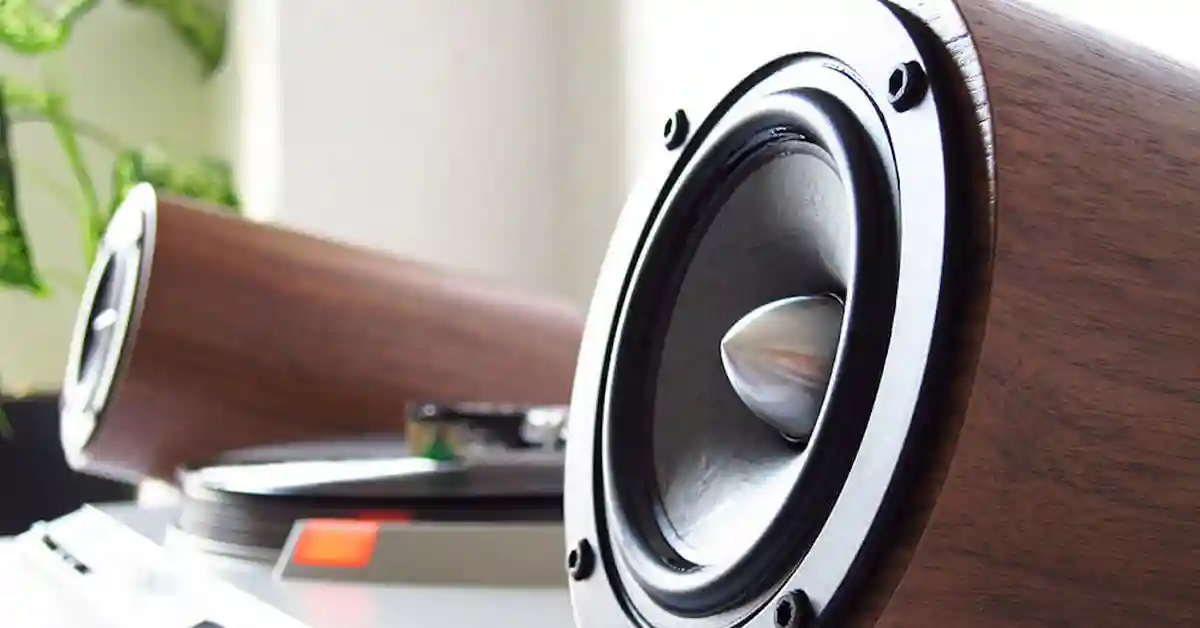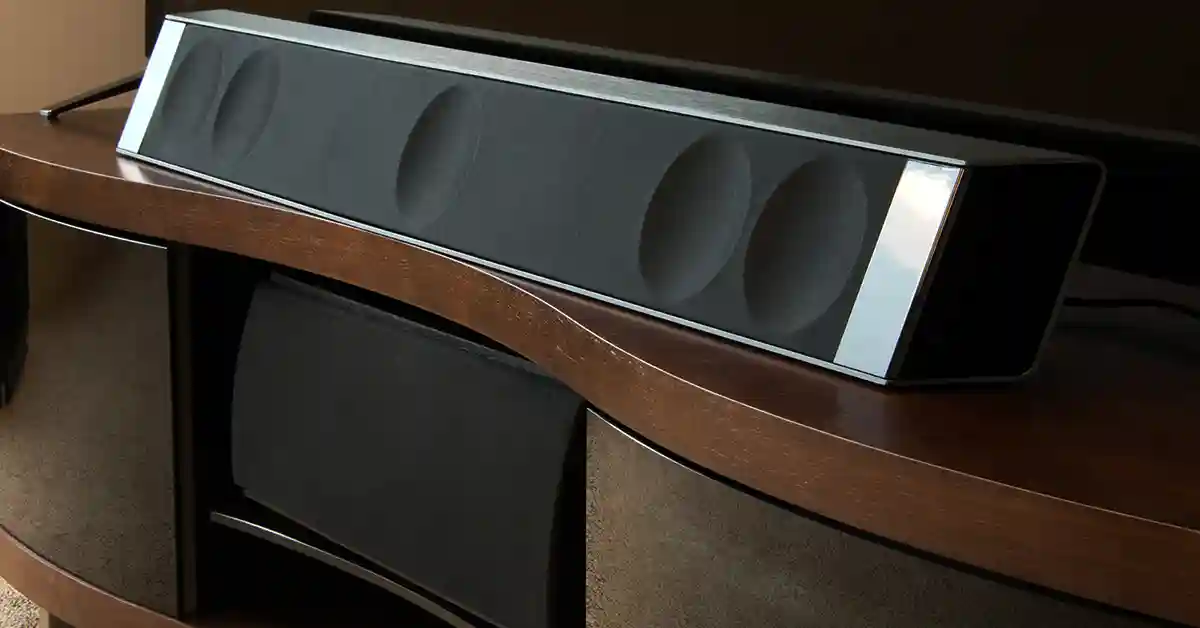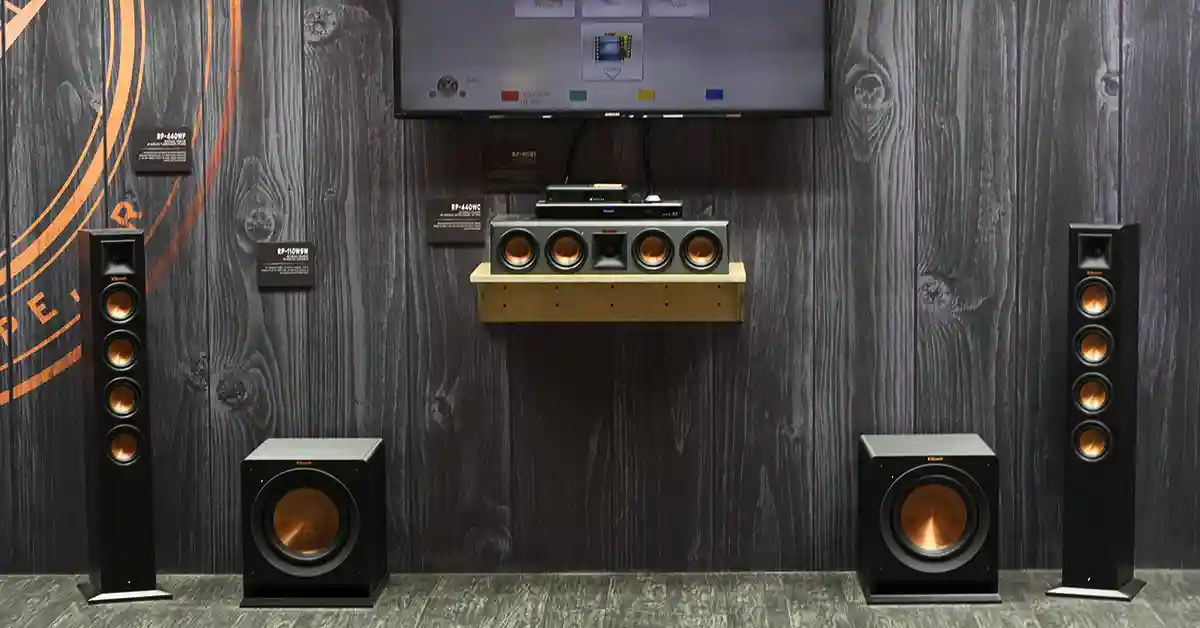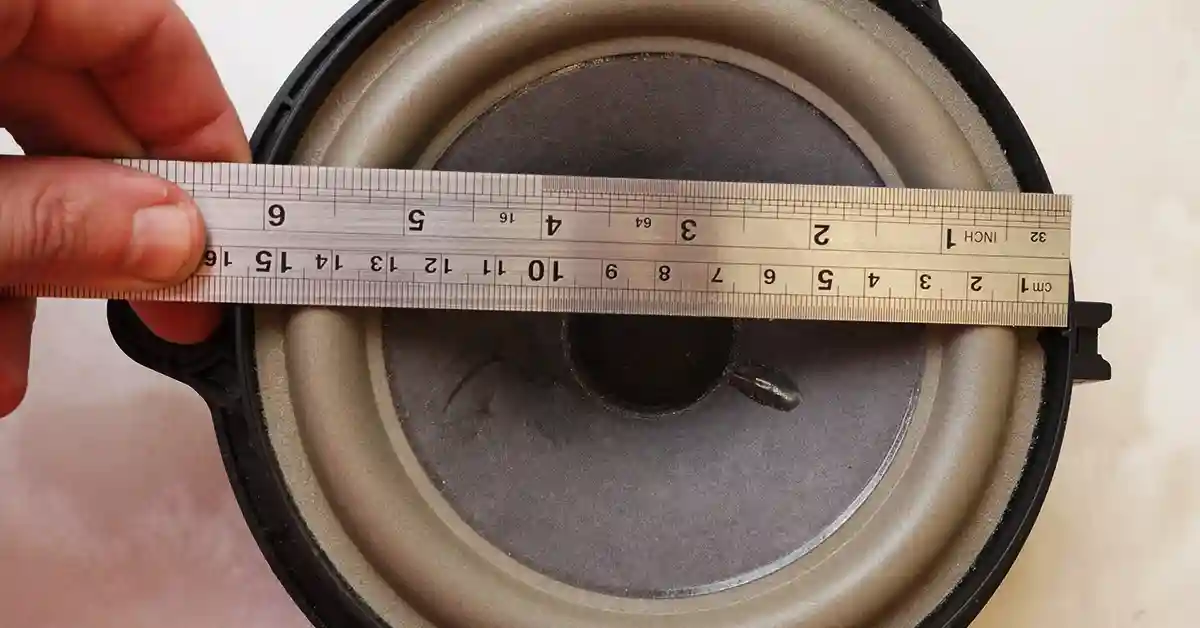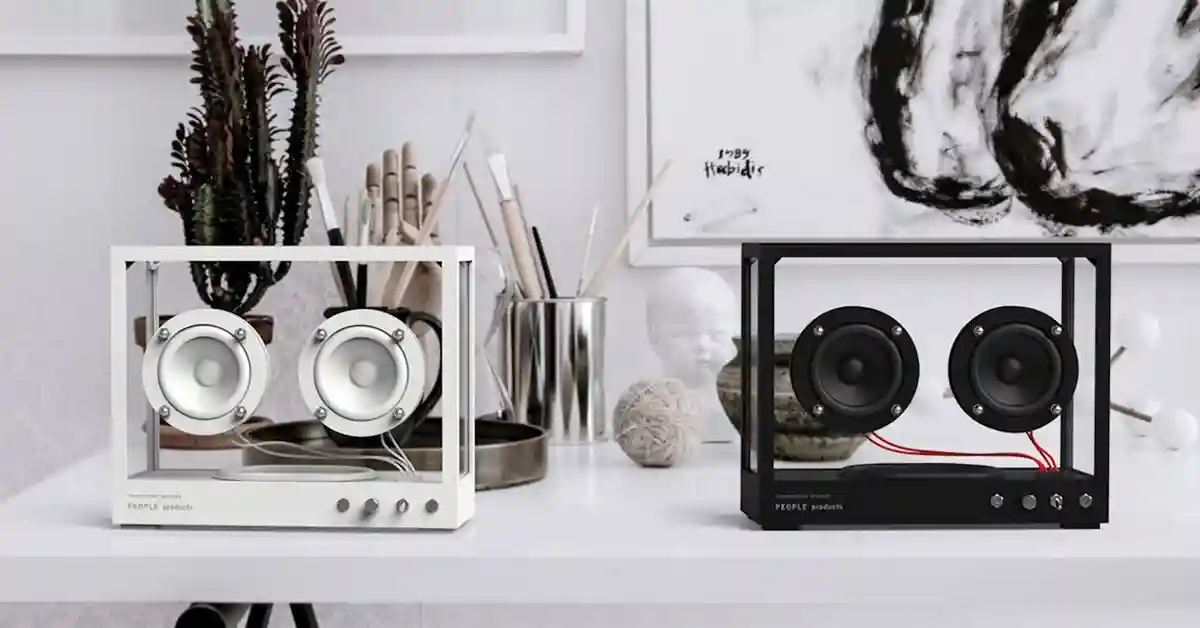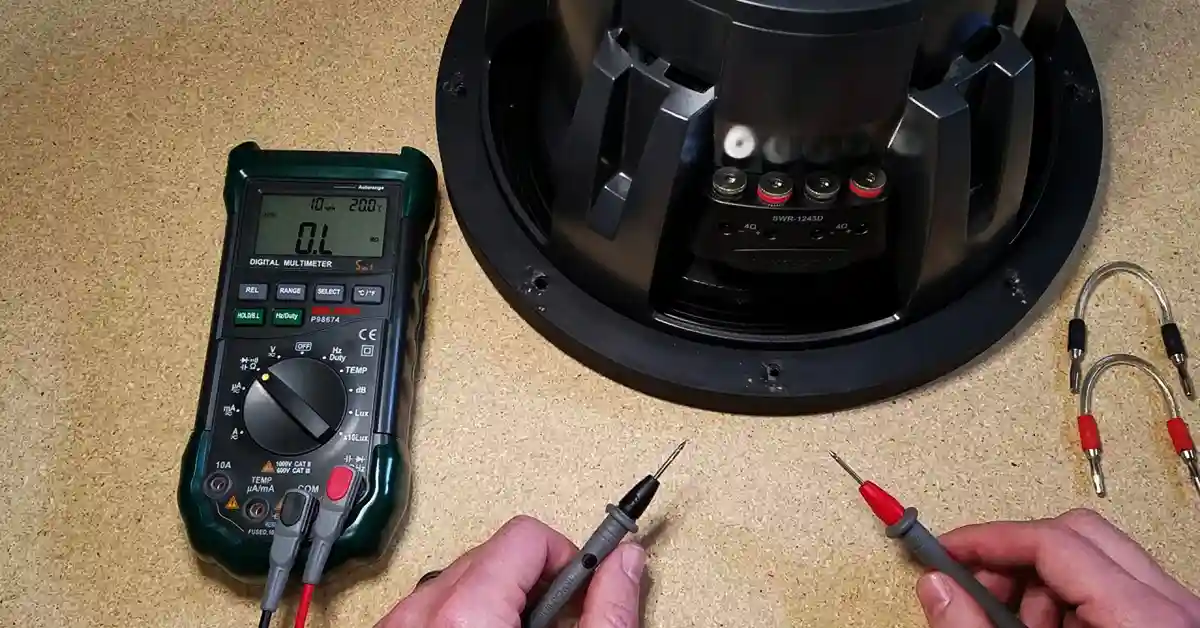How To Connect Speakers To PC Without Amplifier
Modern-day laptops come with already-installed amplifiers that produce sound. That might not be the case with PC’s, as some might require an extra pair of speakers for their audio. You might be thinking that it is a good idea to purchase external speakers for your desktop.
Our in-depth guide covers all the different methods that you’ll need to know to connect your speakers to your PC without an amplifier.
You head over to the electronic store and the assistant asks you these uncomfortable questions: What type of speaker are you looking for, passive or active? What size speakers are you searching for? Do you know the impedance required for the speakers you’re buying? And do you need extra components to connect your speakers?
Confused, you rush home and find this article where all your questions are answered. Ranging from subwoofers to installing your very own speakers on your desktop. We provide a detailed description of what you might need as well. First up, we look into the two different types of speakers. It is not a problem if you’re not a tech genius, take it one step at a time and ease your problem.
Active Speakers
This diagram outlines the signal path that is used in active speakers.
Active powered speakers contain a built-in amplifier. This connects directly to the source of your sound input and makes these speakers easy to connect to various types of audio sources. Active speakers are compatible with other equipment, including instruments of audio, your computer, mixers and monitors. Just plug them into your sound input and they are ready to play!
The Pros And Cons Of Active Speakers
Pros
- Have a built-in amplification system.
- Highly flexible
- Can enhance the sound quality with the amplification system
- Consumes less power
Cons
- Can’t adjust the amplification
- Can’t upgrade
- More expensive than passive speakers
- Much heavier due to the built-in components (amplifier)
Passive Speakers
This diagram shows a simplified system that the passive speaker functions under.
Unlike active speakers, passive speakers require an additional amplifier and different cables in the setup. You’ll need specific cables for connecting these speakers to your sound system. The additional crossovers make passive speakers much less user-friendly. For power amplification, you need to connect generator cables into your passive speakers. These produce a higher quality sound.
The Pros And Cons Of Passive Speakers
Pros
- Has adjustable crossover components.
- The amplifier is easily accessible.
- Has the ability to max out the factory settings of the sound.
- Adequate audio signal processing control.
Cons
- Signal loss is more likely
- Greater risk for sound interferences.
- Certain components might not be compatible with each other
An amplifier intensifies the audio signal to increase the signal sound. Passive speakers might not be able to create enough sound and therefore, you might need to connect them to power amplifiers. Mixers also work well with passive speakers to utilize their full potential.
There are a few other things to consider when connecting your speakers to your PC without an amplifier, we cover two main sections: Size and impedance. A power source component and wiring could also amplify your audio system.
Speaker impedance
Speaker impedance is also known as the Ohm rating. The Ohm rating is the unit of measure for impedance. This property of a speaker hinders the flow of electrical current running through it. Normal impedance ranges at 4, 8 and 16 Ohms. Check out this video for more details.
Impedance ratings that are not in accordance with the specifics of your speaker will cause more strain on your speakers and eventually damage your speaker. For example, if you’re working with a 2 Ohm subwoofer, the speaker requires less power but delivers a louder bass. With a 4 Ohm subwoofer, more power is demanded with a higher quality bass, but using a 4 Ohm speaker could overload your system and destroy your headphones. The recommended Ohms are 8 and 16.
Speaker Size
Bigger speakers don’t necessarily mean better speakers. The direct impact that sound loudness has on speaker size has got to do with the fact that larger speakers generate massive amounts of energy. Larger speakers also create larger distortions. There is a relationship between bigger speakers and the size of the room with the addition of the listening position.
Positioning your speakers correctly can provide a better reflection of sound.
A rule of thumb indicates that your speakers should not be 50% larger than your room size. Bigger speakers often have difficulty in finding that sweet sound spot.
With no amplifiers, you might look to invest in bigger speakers for the louder sound.
Connecting Your Speakers
It’s all good and well to read about the theory but now is time to take action.
With passive speakers, we need a power source to amplify the sound. It could come in the form of a powered mixer. A word of caution before we begin with any process, switch your PC off before connecting any form of device with your computer. Keep it off until everything is connected, the increased amount of energy surging through your computer might overload the CPU.
We need a few things before setting up your speakers (this will be for both active and passive speakers):
- 3.5mm jack cable (active speakers)
- PC or laptop
- Generative cables
Connecting Active Speakers
Active speakers have a built-in amplifier. This makes it easier for them to produce their power and generate enough sound directly to the speaker. It’s as easy as plugging the speakers in.
The PC provides a speaker Out port for you to connect a 3.5mm jack. Connect one end of the cable into the speakers and the other end to your PC.
Connecting Passive Speakers
We already discussed the fact that passive speakers do not have a built-in amplifier. You might be thinking, “how to power speakers without an amp?” It is possible. Let’s follow these quick steps:
- Place your speakers on either side of your computer
- Carefully plug the passive speakers into the designated power outlet. Keep in mind that your PC needs to be switched off to avoid any damage to you and your computer.
- Locate the 3.5mm jack at the back of your computer or on the side. Most PC’s have them labelled as, “Audio Out”.
- Insert the one end of the 3.5mm cable into your PC. Be careful not to push the jack too hard or it will cause damage.
- Double-check your connections for safety reasons, remember, measure twice, cut once.
- You can now safely put your computer on
- Listen for any humming or buzzing sound while adjusting your volume. These could occur due to software malfunctions.
- Check out this article on how to troubleshoot buzzing or humming noises coming from your PC
- Set up a new device in your settings control panel.
- Now you can play with the volume and sound as you see fit until you are satisfied with the connection.
Conclusion: Connecting Speakers To PC Without An Amplifier
Looking back, we achieved quite a bunch! Learning about the two types of speakers and how to connect them without using an external amp. You’re free to enjoy audio with user-friendly advice now. Go out into the world with a new sense of accomplishment, because you just successfully connected your speakers without an amp!
Related Articles

